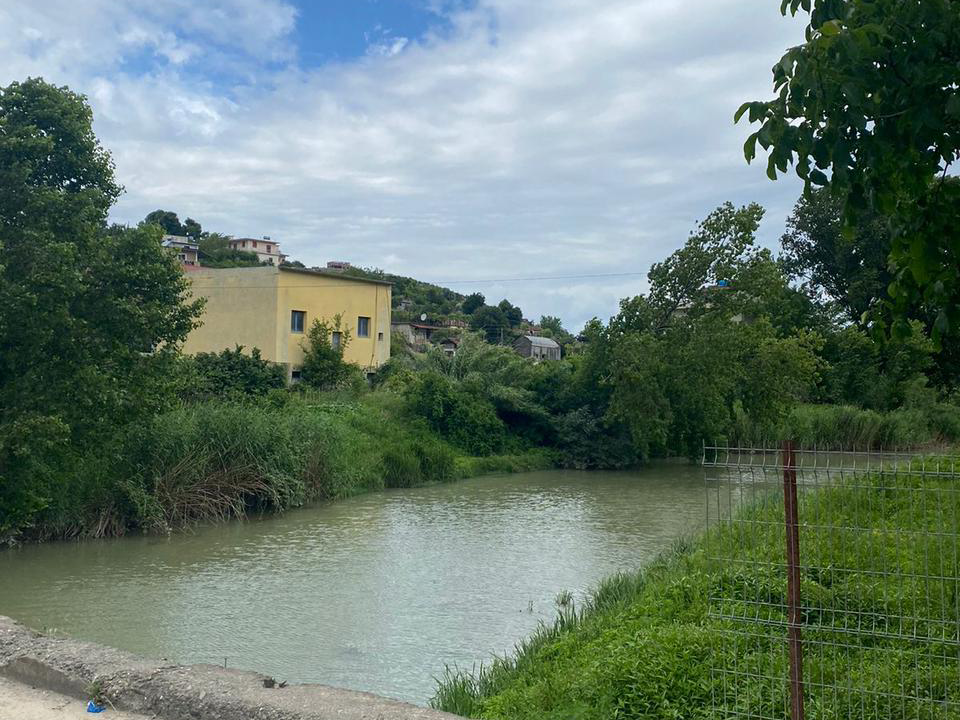Bridging the Gap: Investigating Barriers and Enhancing Resilience in Last-Mile Communities Through Inclusive Early Warning Strategies in Rural Lezha, Albania

About this Paper
This research investigates the barriers preventing rural communities in Lezha, Albania, from effectively accessing, understanding, and acting on early warning information for natural disasters. Using a mixed-method approach, the study highlights critical challenges, such as limited access to timely warnings (only 11% of respondents found information easily accessible), poor comprehension of messages (69% struggled to understand them), and inadequate preparedness, with 94% of respondents reporting no proactive measures for emergencies. The findings emphasize the urgent need for inclusive communication strategies tailored to diverse educational and technological contexts, community-driven training programs, and improved multi-stakeholder collaboration. The research identifies gaps not only in accessibility and comprehension but also in actionable preparedness, which is further compounded by socio-economic vulnerabilities and geographic isolation.
To address these issues, the study presents a comprehensive set of recommendations, emphasizing the importance of inclusive communication strategies that leverage diverse channels such as television, social media, mobile applications in the Albanian language, and printed materials. Regular community meetings, targeted training programs, and awareness-raising campaigns are proposed to build local capacity, improve understanding of risks, and foster a culture of preparedness. Additionally, the research calls for enhanced collaboration among public institutions, humanitarian organizations, private businesses, and local communities to ensure that these initiatives are well-coordinated and sustainable.
The findings serve as a valuable resource for policymakers, researchers, and humanitarian practitioners aiming to design more effective and inclusive disaster risk reduction strategies.
Explore the executive summary or full paper to learn more.
Authors and Contributors
- Author: Ita Bonner, Ph.D.(c), Agricultural University of Tirana
- Scientific Editor: Dr. Endrit Kullaj, Agricultural University of Tirana
- GIS Expert: Françeska Korançe, Ph.D.(c), Polis University, Albania
- Field Interviewers: Jonisa Angoni, Elidona Haxhiu, Elion Haxhiu

This research was funded with UK International Development from the UK government. It was part of a multi-country research initiative led by the Global Disaster Preparedness Center of the American Red Cross. Access all final publications here.
